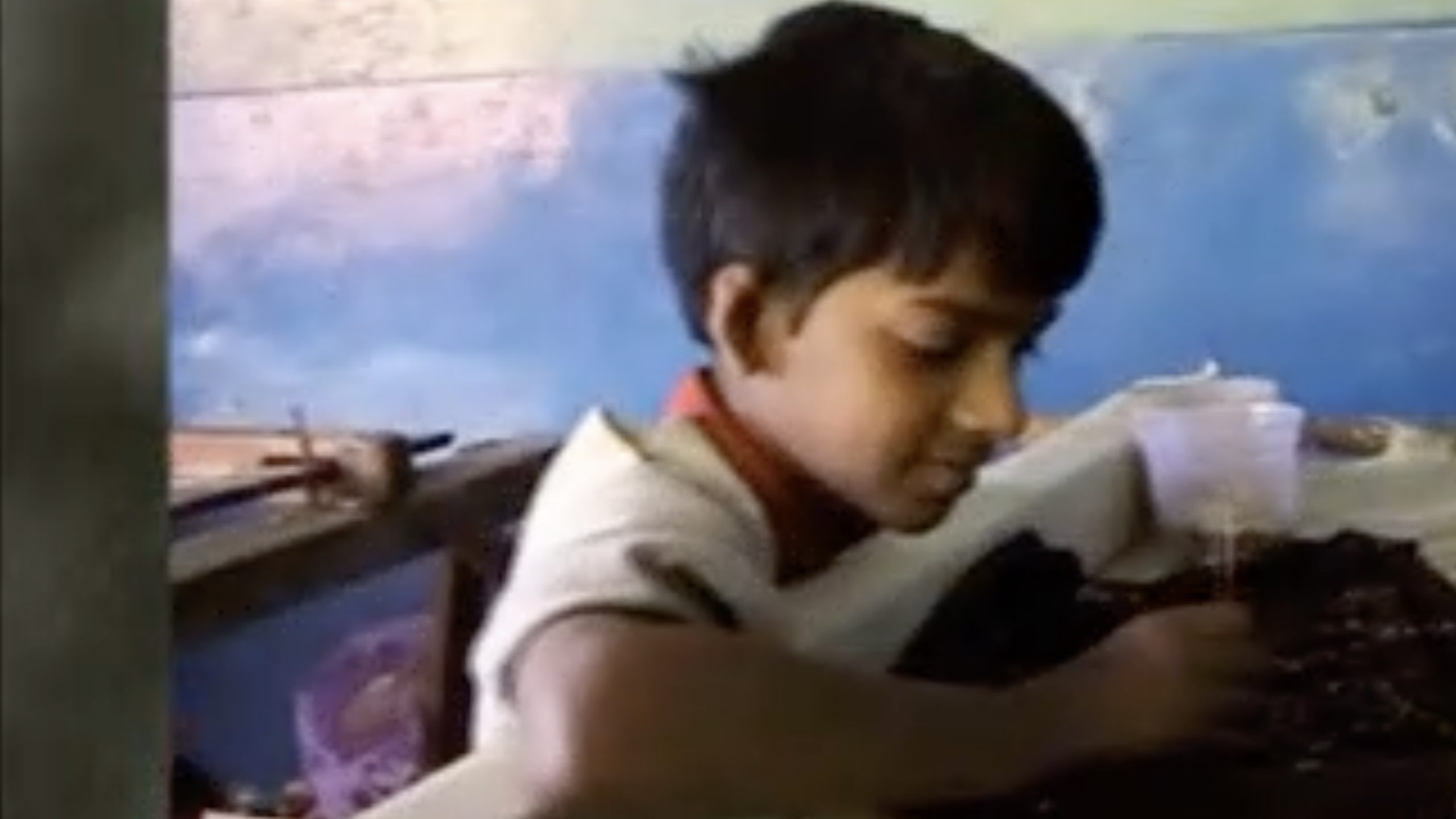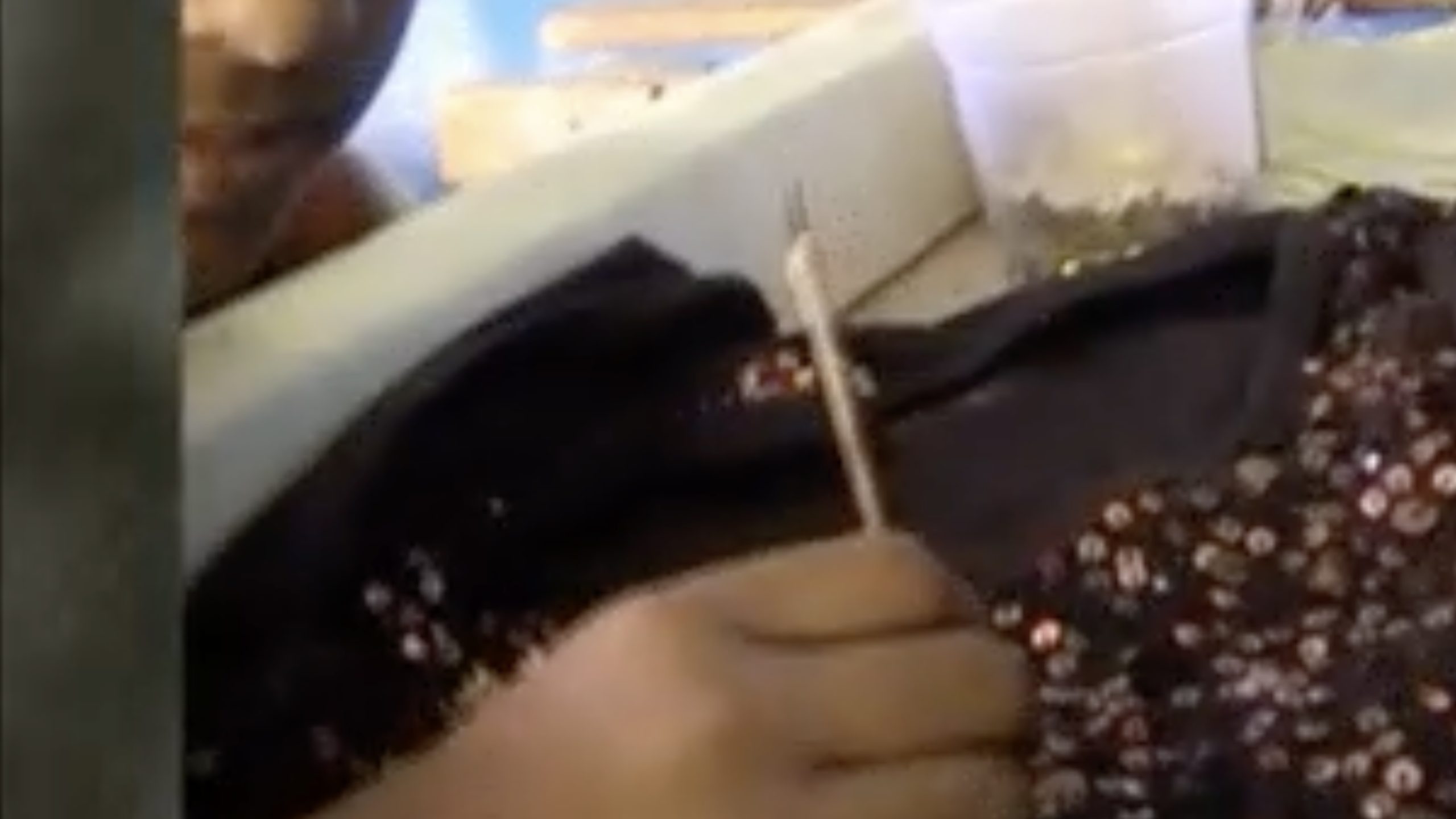
followthethings.com
Fashion
“Primark – on the rack“
A documentary film presented by Tom Heap & produced by Frank Simmonds with Dan McDougall for BBC TV’s Panorama series.
Screenshot slideshow of the contested scene embedded above. Watch on Box of Broadcasts (with institutional login) here.
The BBC produces an exposé of cheap clothing retailer Primark. It finds children making its clothes, and sewing and testing their sequins, in factories, slums and refugee camps in India. Primark is asked to contribute to the film before it’s shown. Instead, they decide to cut ties with the supply chains featured, then launch a website to counter the film’s claims. They research the film’s research to pick apart its claims, and then complain to the BBC that one 45 second scene (the one in the screenshots above) is fake. Their critic-silencing strategy has mixed success. The BBC is forced to admit that it cannot be 100% sure that the scene wasn’t faked, and the Panorama team are forced to hand back an award they were given for the film. But Primark’s persistent public attempts to silence this investigative journalism draws attention – for years – to the company’s reputation as the ‘poster boy of child labour in the UK’. Supporters of the film highlight the other 3,555 minutes of the film that Primark didn’t claim the producers had faked? Then, 5 years after the film was broadcast, the Rana Plaza factory complex in Dhaka, Bangladesh collapses and over a thousand garments workers are crushed to death making high street clothes. Journalists, filmmakers and others keep this tragedy relentlessly in the news. UK newspaper headlines refer to this as the ‘Primark factory’. There’s no way that this footage is fake. Primark has to react differently this time.
Page reference: Kate Adley, Richard Keeble, Pippa Russell, Noora Stenholm, William Strang and Tuuli Valo (2025) Primark – on the rack. followthethings.com/primark-on-the-rack.shtml (last accessed <insert date here>)
Estimated reading time: 124 minutes.
Continue reading Primark – On The Rack


